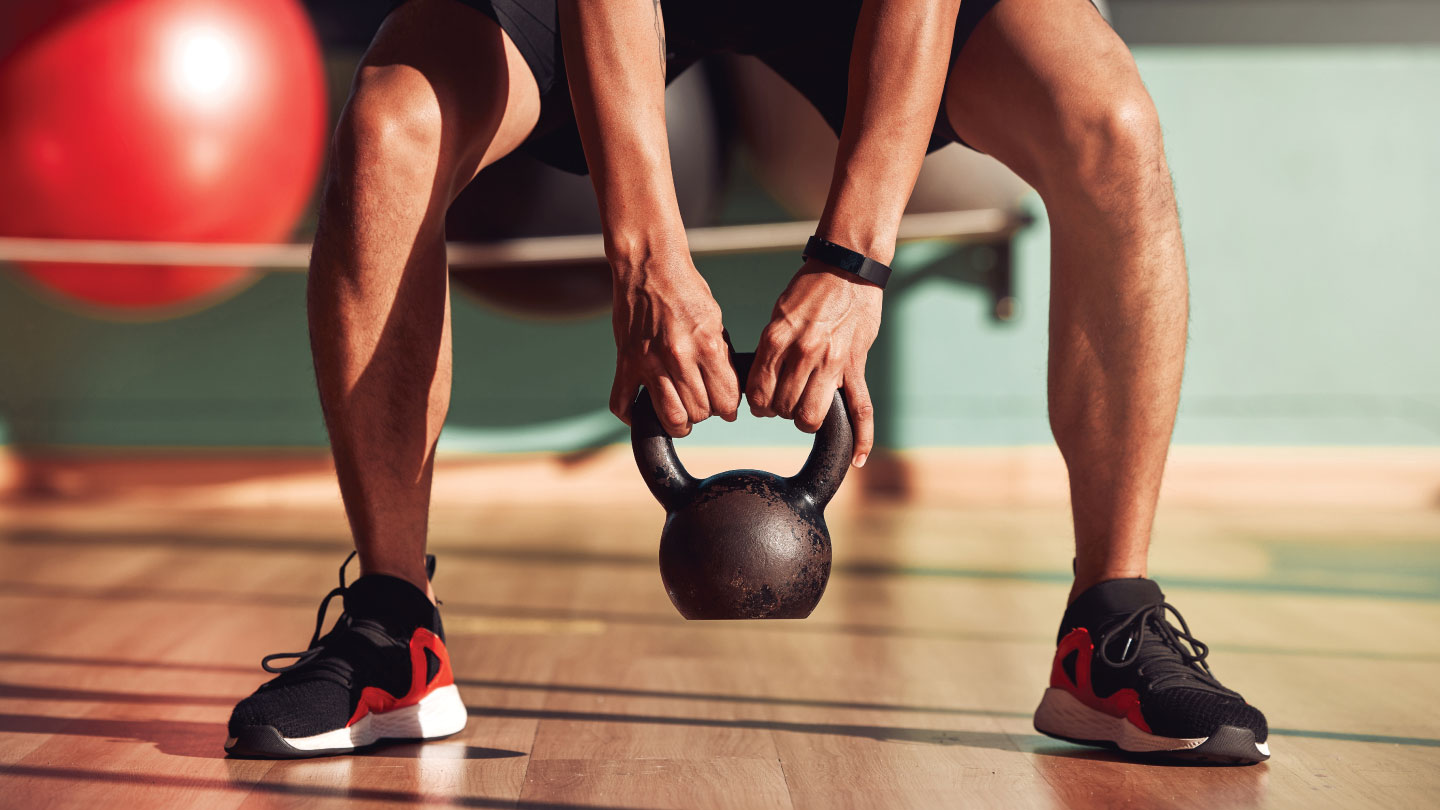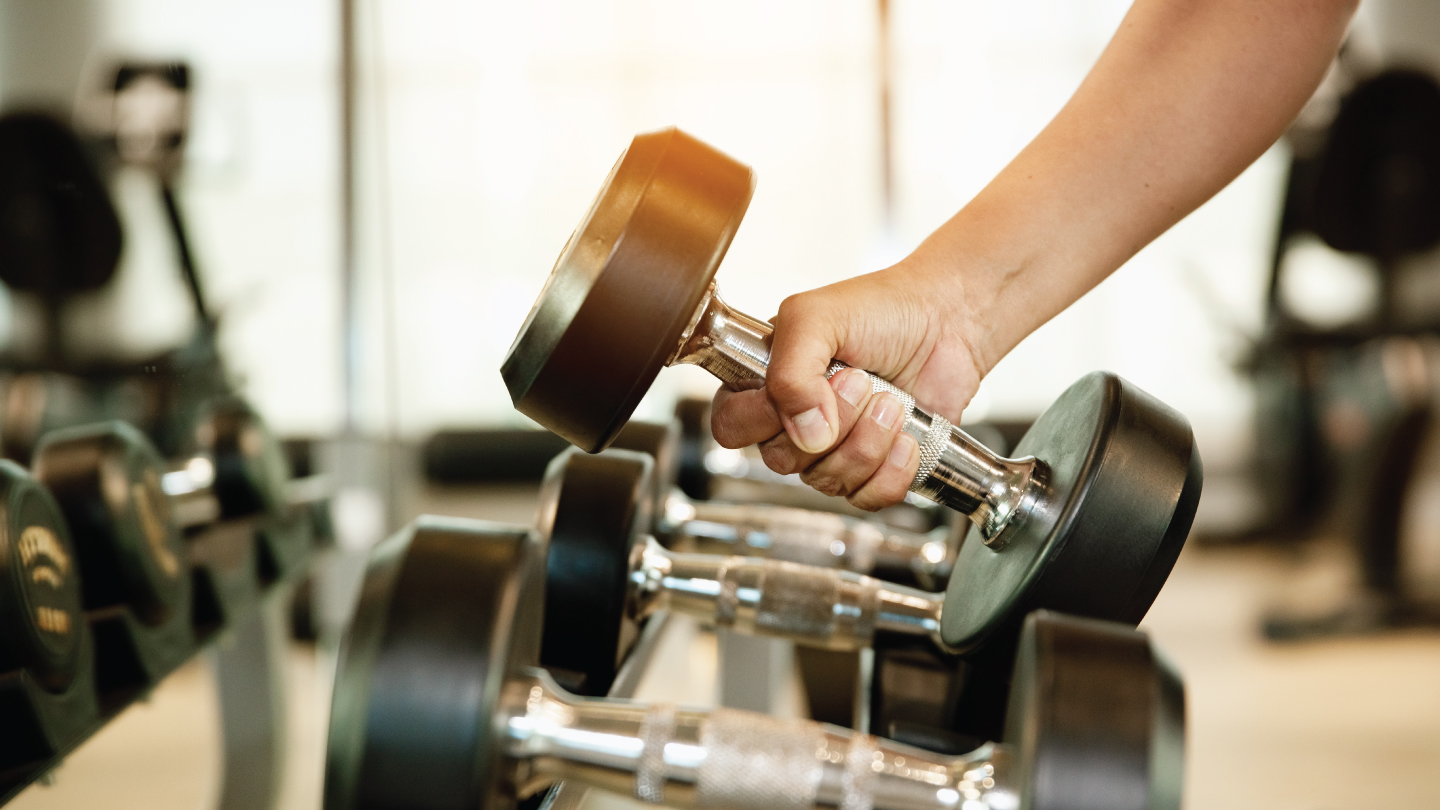Movement
5 Stretches that Soothe Your Spine
Tired of stiffness after long desk hours? These five easy moves can ease back pain, restore flexibility, and leave you feeling lighter in minutes.
.jpg)
Back pain doesn’t always arrive with a dramatic injury. More often, it sneaks silently, accompanying hours spent slouched over a laptop, carrying grocery bags the wrong way, or when you are bending low to pick up something from the floor. After a long day at the desk, the spine feels stiff because the muscles ache, and suddenly every moment feels like a chore, largely because prolonged sitting weakens core support, reduces blood flow, and increases pressure on the spinal disc.
Related story: 6 Tips to Ease Back Pain As Per Latest Research
A handful of easy, gentle stretches can bring relief. And the best part? They don't demand special equipment or a lot of time. Just a mat, a few minutes, and a willingness to breathe through the movements.
1. Cat-Cow Pose: Wake the spine up
Start on all fours. As you exhale, arch your back (like a stretching cat). Then inhale, dip your belly, and lift your chest forward (like a cow). Repeat 5-10 times.
This back-and-forth movement improves spinal flexibility and relieves stiffness from sitting too long. Studies show that yoga-based moves like Cat-Cow help reduce chronic low-back pain and improve mobility by engaging core stabilisers, enhancing circulation, and lowering stress-related muscle tension (Journal of Orthopaedic & Sports Physical Therapy, 2017).
2. Child’s Pose: The calm stretch
Kneel, stretch your arms forward, and sink your hips back toward your heels. Rest your forehead on the mat and breathe slowly.
This pose lengthens the spine, relaxes the lower back muscles, and helps calm the nervous system. Research highlights that restorative stretches like Child’s Pose reduce both physical pain and stress by releasing muscle tension, improving circulation, and activating the body’s relaxation response (Journal of Bodywork and Movement Therapies, 2015).
Related story: 5 Mobility Exercises to Improve Upper Back Pain
3. Knee-to-Chest: Easing Pressure from Hips to Spine
Lie on your back. Bring one knee toward your chest while keeping the other leg extended. Hold for 30 seconds, then switch.
This movement eases tension in the hips and reduces stress on the lower spine. According to the Spine Health Journal (2019), restoring hip and spine mobility is key to preventing recurring lower-back pain by loosening tight hip flexors, improving spinal alignment, and reducing compensatory strain on surrounding muscles.
4. Pelvic Tilt: The reset button
Lie on your back with knees bent. As you exhale, gently flatten your lower back against the floor by tilting the pelvis up. Inhale and release. Repeat 10 times.
Though subtle, this movement activates deep core muscles that stabilise the spine. A review in the Journal of Anthropology of Sport and Physical Education (2021) showed that strengthening the pelvic region and core muscles helps prevent lower back pain and excessive lumbar lordosis by improving spinal alignment, reducing pressure on vertebrae, and supporting overall posture.
Related story: 10 Minute Yoga Asanas for Back Pain
5. Supine Spinal Twist: Unwind and release
Lie on your back, bend your knees, and let them drop gently to one side while turning your head in the opposite direction. Hold for 30 seconds, then switch sides.
This gentle twist relieves tension, improves spinal mobility, and can help with digestion. Clinical findings in Medical Science (2023) suggest that combining heat therapy with spinal twist may help relieve pain and enhance daily functioning for individuals with chronic non-specific spinal pain.
Related story: 5 Easy Pregnancy Exercises to Ease Back Pain
Why Just These Five?
These stretches hit all the essentials:
- Mobility (Cat-Cow, Spinal Twist)
- Relaxation (Child’s Pose)
- Hip release (Knee-to-Chest)
- Core stability (Pelvic Tilt)
That’s why they work together as a short but powerful routine. The World Health Organisation notes that nearly 80 per cent of people experience back pain at some point in life. The difference lies in how quickly it’s addressed, and stretching is one of the simplest, most effective.
Related story: 6 Moves to Ease Back Pain
The Flow
Here’s how it looks in practice:
1. Cat-Cow (10rounds)
2. Child’s Pose (30-60 seconds)
3. Knee-to-Chest (30 seconds per side)
4. Pelvic Tilt (10 reps)
5. Supine Spinal Twist (30 seconds each side)
All in under 10 minutes.
Related story: Rehabilitation Therapies at UR.Life to Ease Lower Back Pain
Back pain may be common, but it doesn’t have to control your daily life. A consistent stretch routine can do more than ease pain; it can improve posture, boost flexibility, and even calm the mind. Just a few minutes of bending and breathing can make your back feel lighter, freer, and grateful.
Looking for an exclusive and unique experience, expert staff, and unparalleled member services? Come join us at URLife Studios! We offer a comprehensive range of wellness services that promote optimum well-being. We are a trusted source for unique holistic health and pregnancy care workshops. Our physiotherapists design customised rehab programs based on health conditions.
At UR.Life Studios, we offer a complete multi-disciplined approach to fitness and well-being. The URLife Studio is a luxe wellness oasis, combining sleek modern design, lavish amenities, state-of-the-art equipment and personalised wellness programs.
- Yoga
- Kickboxing
- Pool and Bollywood aerobics
- Pregnancy care workshops
- Customised physiotherapy
- Spa
- Garden Cafe
- Women’s wellness program
EXPLORE MORE
These kettlebell lower body exercises target different muscle groups in both men and women, improving balance, increasing overall performance, and helping sculpt lean legs.
Thinking of running your first marathon? Running coach Suresh Srinivasan breaks down everything you need to know—from building a solid base to race-day mindset.
From diet to movement, here’s how to make your bones fracture-resistant.
You’ve done yoga on a mat; now discover the practice that literally lets you fly while toning your core and calming your mind.







.jpg)

.jpg)
